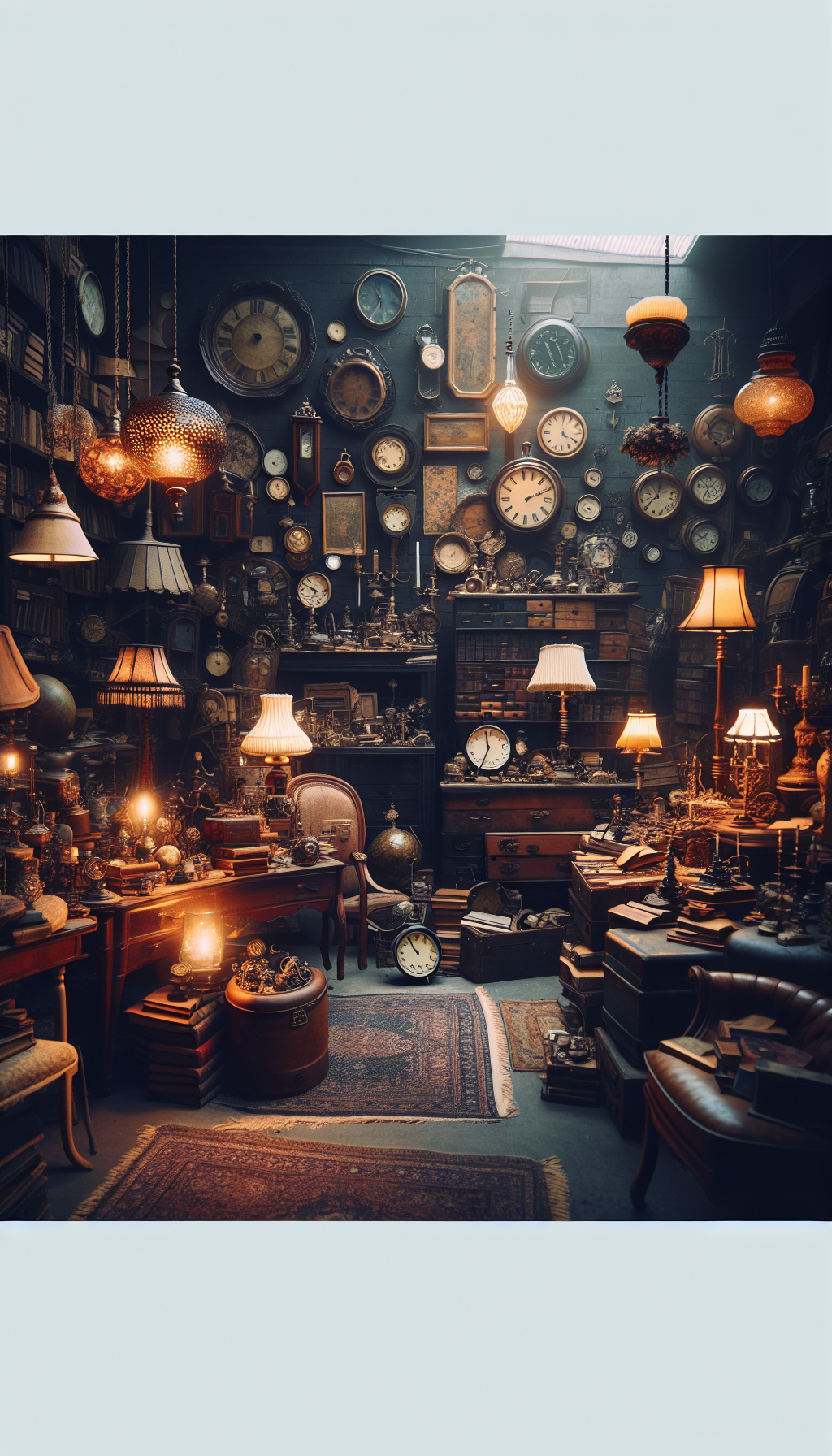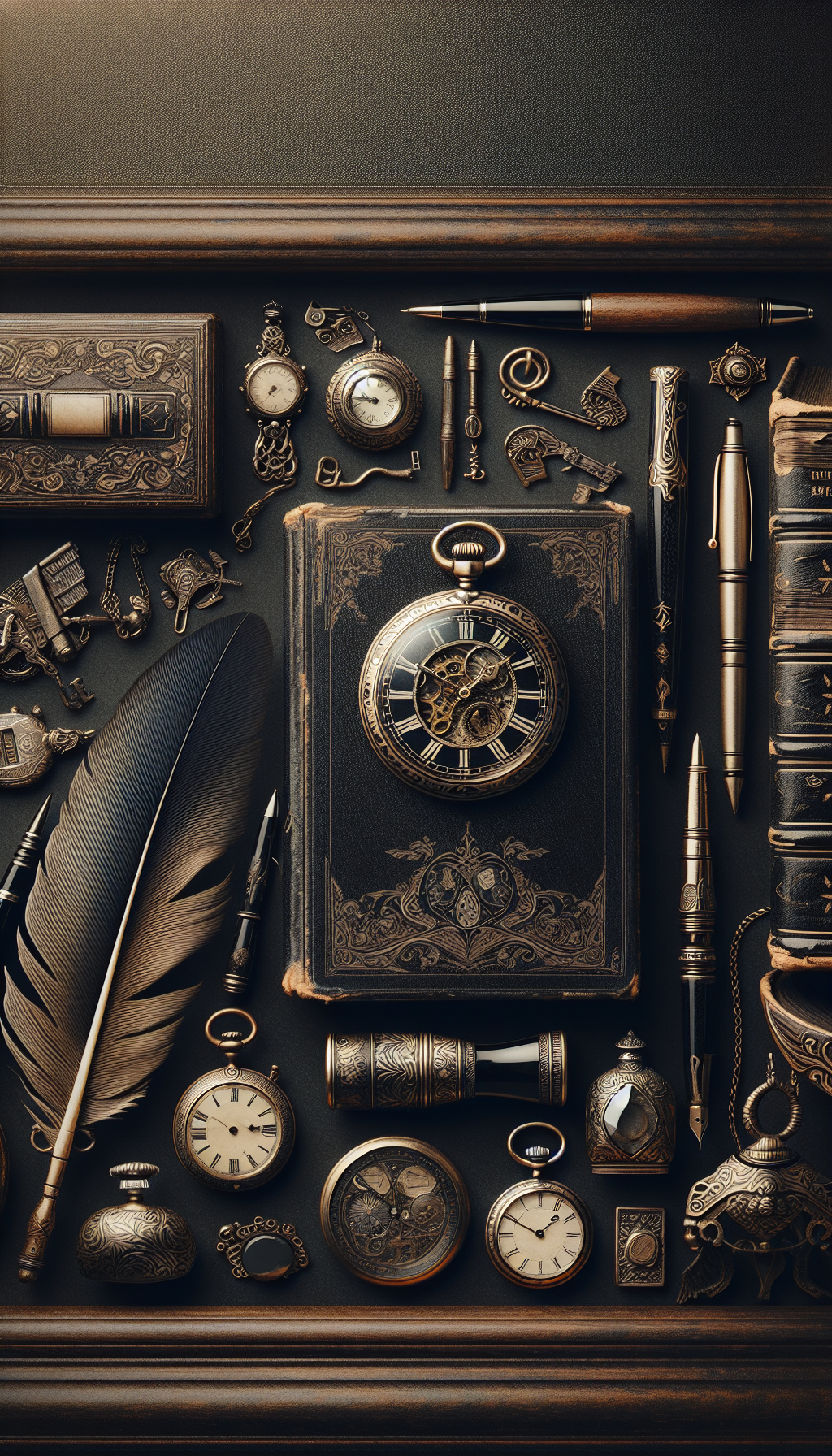Test 11
Appraising antiques and works of art is as much disciplined research as it is connoisseurship. The best opinions are built on verifiable facts, repeatable observations, transparent methods, and clear language. Whether you’re an enthusiast gearing up for a formal report or simply sharpening your eye, this guide focuses on the steps, tools, and judgment calls that make an appraisal robust, defensible, and genuinely useful.
Provenance vs. Attribution: Getting Names and Histories Right
Provenance is the documented chain of ownership. It helps establish authenticity, supports dating, and can dramatically affect value. Strong provenance has contemporaneous bills of sale, exhibition labels, correspondence, inventory numbers, or estate records that logically connect one owner to the next. Gaps are common; the goal is to shrink them and flag uncertainties.
Provenance red flags:
- Documents with inconsistent typefaces or paper aging relative to claimed dates.
- Labels added to frames or backs that do not match period adhesives, fonts, or institutional practices.
- Stories without corroborating paperwork, or photocopies with missing letterheads or signatures.
Attribution is the relationship between an object and a creator or workshop. Auction and appraisal language follows a hierarchy:
- By/Artist’s name alone: Generally accepted as by the artist.
- Attributed to: Probably by the artist, but with less certainty.
- Studio/Workshop of: Produced under the artist’s supervision.
- Circle of: By a contemporary working in the artist’s style.
- Follower of: By a later hand working in the artist’s style.
- In the manner of: Imitative; not by the artist.
- After: Directly based on a known work by the artist.
Signatures and monograms help but are not decisive. Study signature placement, tool or brush flow, and substrate interaction. A signature that floats above an aged varnish, or ink that bleeds inconsistently with the paper, may suggest later addition. For decorative arts, marks (assay/purity, maker’s, registry) must align with known date ranges and jurisdictional standards.
Materials, Methods, and Dating: Scientific and Observational Tools
Visual examination under good, neutral lighting remains the backbone of appraisal. Combine it with targeted scientific tools:
- Raking light reveals planar distortions, overfills, and craquelure patterns. UV fluorescence can show restorations, varnish types, and later overpaint. Infrared reflectography can reveal underdrawing in paintings; X-radiography may expose earlier compositions or structural repairs.
- Pigment and binder timelines narrow dates: titanium white became widespread after the 1910s; Prussian blue appears after the early 18th century; modern synthetic dyes change the palette of textiles and paper after the mid-19th century.
- Wood analysis: dendrochronology helps date European panel paintings and some furniture by tree-ring sequences. Saw and tool marks help: hand-sawn kerfs and irregular dovetails suggest pre-1840s handwork; machine-cut nails, uniform dovetails, and circular saw marks point later.
- Ceramics: thermoluminescence (TL) testing can estimate firing age for earthenware and terracotta. Glaze composition and foot-rim wear patterns should correspond to period practice. Beware artificially induced wear.
- Paper: watermarks, chain-and-laid lines, and fiber content inform date and region. Canvas weave maps and tacking edge remnants can indicate original format changes.
- Metals: hallmarks and assay office marks on silver must match correct national systems and date letters; solder types and later threaded fasteners tell restoration stories. Bronze patinas should be coherent with alloy composition and expected oxidation.
Tests must be appropriate and proportional. Note whether methods are destructive (micro-samples for pigment, fiber, or alloy) or non-destructive (XRF, IRR). Always record instrument settings, sampling points, and margins of error. Scientific data do not authenticate by themselves; they support or contradict connoisseurial opinions and documentary evidence.
Market Context: Comparables, Rarity, and Condition
Valuation lives in the market, not the lab. The most persuasive appraisals present comparables—actual market transactions adjusted logically to fit the subject piece.
Choosing comps:
- Match medium, technique, period, and size closely; align subject matter and series where relevant.
- Use sales from similar venues (regional vs. international auction; private dealer retail vs. online marketplace).
- Adjust for date of sale; exceptional markets (booms or shocks) may skew results.
- Consider buyer pools: niche categories (e.g., Arts and Crafts metalwork) can differ markedly from generalist sales.
Rarity only matters when paired with demand. A one-of-a-kind object without an active collector base may have limited liquidity. Conversely, a common form by a coveted maker can command strong prices if condition is top-tier.
Condition is value-critical:
- Paintings: original surface, stable craquelure, minimal overpaint, reversible conservation. Lined canvases can be neutral or negative depending on quality and necessity. Old varnish may mute colors but preservers original intent; aggressive cleaning can diminish value.
- Works on paper: full margins, no mat burn, minimal foxing, unfaded inks. For prints, state and impression quality outrank edition numbers; early states with rich burr (drypoint) usually carry premiums.
- Furniture: original finish often outranks refinished surfaces; replaced hardware, patched veneers, and cut-down legs reduce value. Structural integrity matters, but sympathetic conservation is acceptable.
- Ceramics and glass: hairlines, rim and foot chips, and stained crack fills are value negatives; a well-executed, declared restoration may still be acceptable for rare pieces.
Other market drivers:
- Fresh-to-market property often outperforms repeatedly offered works.
- Cultural property restrictions and materials regulations (e.g., ivory, certain woods) can limit sale venues and values.
- Seasonality and geography: certain categories sell best in specific cities and annual cycles.
When comps are sparse (unique works, early folk art), triangulate with maker-related sales, workshop pieces, or similar media and scale, while clearly stating the limits of comparability.
Documentation: Reports, Photos, and Valuation Language
A solid appraisal report is transparent and replicable. Include:
- Identification: object title or type, maker/attribution, date/period, materials, technique, dimensions, signatures/marks, inscriptions.
- Provenance: concise chain with sources; note gaps.
- Literature and exhibitions: catalogues raisonnés, monographs, or exhibition records where relevant.
- Condition summary: factual, with location-specific observations; disclose methods of examination.
- Methodology: market level used (auction, retail, private sale), selection of comparables, and adjustments.
- Definition of value: fair market value (FMV), retail replacement value (RRV), orderly liquidation value (OLV), forced-sale value; include effective valuation date.
- Assumptions and limiting conditions: scope of inspection, reliance on provided documents, any tests not performed.
- Analyst qualifications and signature: brief CV highlights or credential identifiers appropriate to the assignment.
Photography:
- Capture frontal, reverse, and oblique views; include a color-neutral scale or ruler and a gray card if possible.
- Detail shots of signatures, labels, maker’s marks, hardware, joinery, backs of frames, edges, and any condition issues.
- Use raking light for surface texture and UV for restoration mapping; label images with orientation and scale.
Valuation language should avoid ambiguity:
- Say “in our opinion” for attribution statements; separate fact (e.g., hallmark present) from interpretation (e.g., consistent with Paris, 1838).
- Distinguish “appears to be” from “is”; the former signals visual assessment without lab confirmation.
- Use adjustment rationales explicitly: “-10% condition adjustment for repaired handle; +15% for scarce pattern and larger size.”
Keep working files: notes, raw images, test readouts, comp screenshots, and a bibliography. These support later reviews and protect your opinion if challenged.
Ethics, Legalities, and Risk Management
Ethical rigor underpins trustworthy appraisals.
- Independence: avoid conflicts of interest. Disclose any prior ownership, intent to purchase, or economic interest. Separate selling services from valuation, or clearly define roles and timelines.
- Competency: accept assignments within your expertise or engage qualified specialists (e.g., Asian ceramics, Old Master drawings). Document specialist contributions.
- Due diligence: screen objects for potential theft or looting risks, and consider cultural patrimony laws and import/export restrictions. Sensitive materials (ivory, tortoiseshell, certain hardwoods) may require permits or render cross-border sales impracticable.
- Confidentiality: treat client data and values as private; secure digital files with appropriate access controls.
- Care, custody, and control: when handling objects, ensure insurance coverage for physical loss or damage; use condition check-in/check-out forms; pack and transport to professional standards.
- Scope control: do not let an appraisal drift into authentication guarantees. Opinions are dated to the effective valuation date and subject to new evidence.
- Revisions: if material new information emerges (e.g., a newly discovered signature or catalog entry), issue an addendum with a clear audit trail rather than overwriting the original report.
A Practical Checklist for Your Next Appraisal
- Define the assignment: purpose (insurance, estate, donation, sale), value type (FMV, RRV), and effective date.
- Gather documents: invoices, prior appraisals, certificates, labels, exhibition records, correspondence.
- Inspect systematically: measurements, materials, marks, construction, condition; photograph all sides and details with scale.
- Apply light and magnification: raking light, UV, and 10x–20x magnification for surfaces, signatures, and tool marks.
- Consider testing: choose non-destructive first (XRF, IR), and get client consent for any sampling.
- Research provenance: build a chronological chain; verify names, dates, and institutions; flag gaps.
- Build comparables: choose relevant comps; adjust for size, medium, date, condition, venue, and timing; document math and rationale.
- Draft clear language: separate facts from opinions; use standardized attribution terms; define assumptions and limits.
- Review and proof: cross-check dimensions, units, and spelling of names; ensure photos correspond to text; confirm calculations.
- Deliver and archive: provide the report and image set; retain working files securely with a version history.
FAQ
Q: What’s the difference between fair market value and replacement value? A: Fair market value (FMV) is the price a willing buyer and seller would agree upon in an open market without compulsion, as of the effective date. Retail replacement value (RRV) is the cost to replace an item with one of similar kind and quality in the retail market, which is often higher than FMV. Choose based on the assignment purpose (e.g., insurance typically uses RRV; estate tax typically uses FMV).
Q: How much does restoration affect value? A: It depends on the category and quality of work. Sympathetic, reversible conservation that stabilizes an object may have minimal impact, especially for rare pieces. Over-cleaning, overpaint, structural compromises, or undisclosed repairs usually reduce value. Always describe the nature, extent, and visibility of interventions when making adjustments.
Q: Can a strong provenance compensate for mediocre condition? A: Sometimes. Exceptional provenance—ownership by a notable collector, exhibition history, or reference in scholarly literature—can bolster desirability and value, but it rarely erases severe condition problems. Market responses vary by category and buyer preferences.
Q: Is a signature proof of authenticity? A: No. Signatures can be forged, added later, or altered. Evaluate signatures in context: placement, tool behavior, consistency with known examples, and interaction with surface layers. Combine signature assessment with materials analysis, provenance, and stylistic study.
Q: What if there are no good comparables? A: Expand the radius: look at works by the same maker in adjacent mediums, by close contemporaries, or at auction results from smaller venues. Use cost or income approaches for certain categories (e.g., contemporary design with transparent retail pricing), and clearly state the limits of comparability and the increased uncertainty in your opinion.
The most defensible appraisals are not the flashiest; they are the most readable, well-documented, and honest about what’s known, what’s inferred, and what still needs testing. With careful observation, disciplined research, and clear reporting, you can produce opinions that hold up—in the marketplace and in the file drawer years later.



